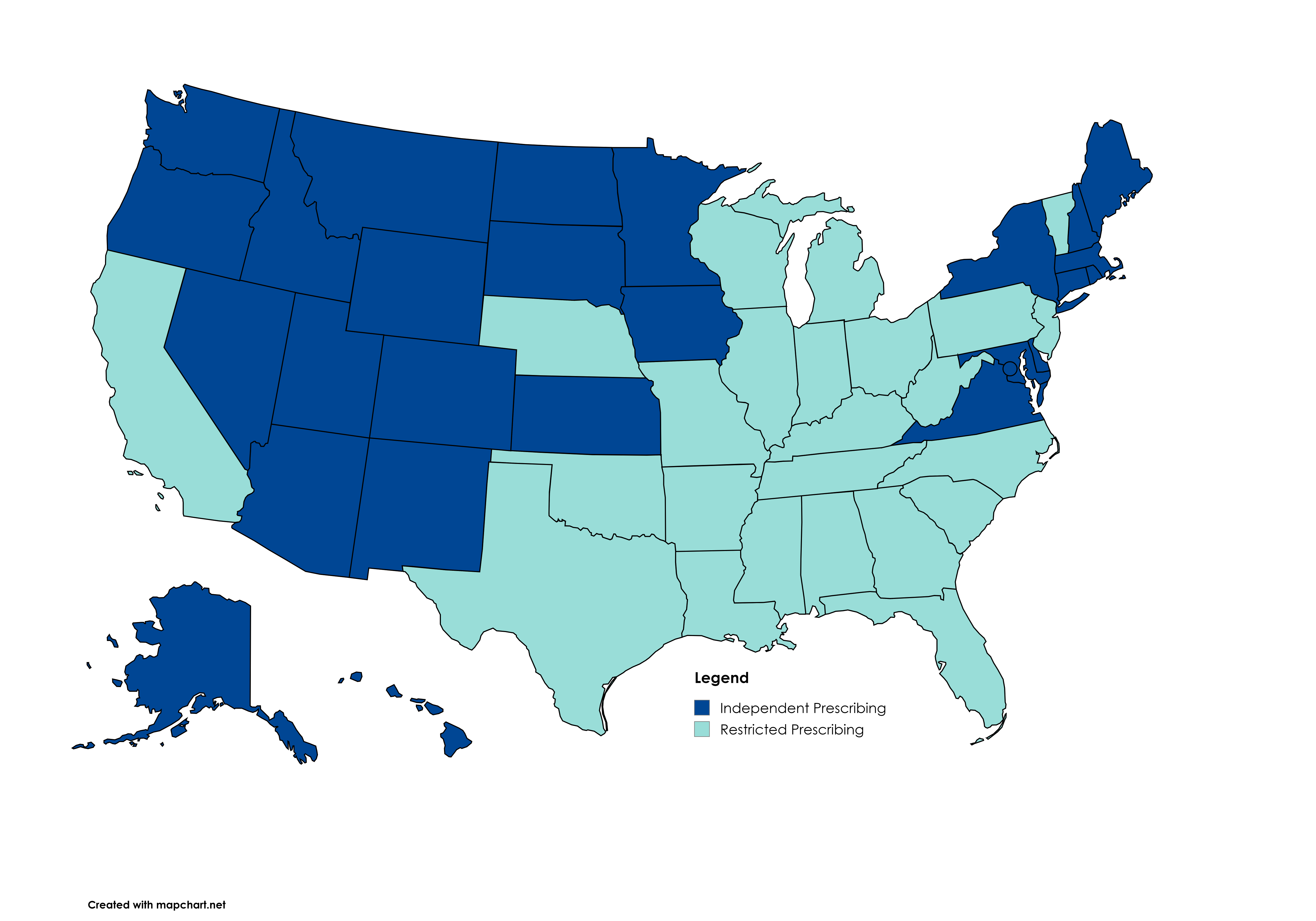Workforce Study Data Release
The American College of Nurse-Midwives was granted funding from the Johnson & Johnson Foundation to complete an in-depth analysis of the midwifery workforce. This project analyzes and packages data collected by the American Midwifery Certification Board and the Accreditation Commission for Midwifery Education, as well as from public sources, to provide the most accurate evaluation of the current midwifery workforce size, capacity, and growth trajectory based on available data sources. This webpage is a release of data gathered so far. The work of this study continues throughout 2023. By the end of the year, these data will be combined with publicly available data to build a model for an adequate midwifery workforce based on maternal-child health outcomes. Analysis of the data by states will identify which state policies are associated with an adequate midwifery workforce that can work to full capacity. This project will synthesize this information that can be used to advocate for policies that facilitate an adequate midwifery workforce.










